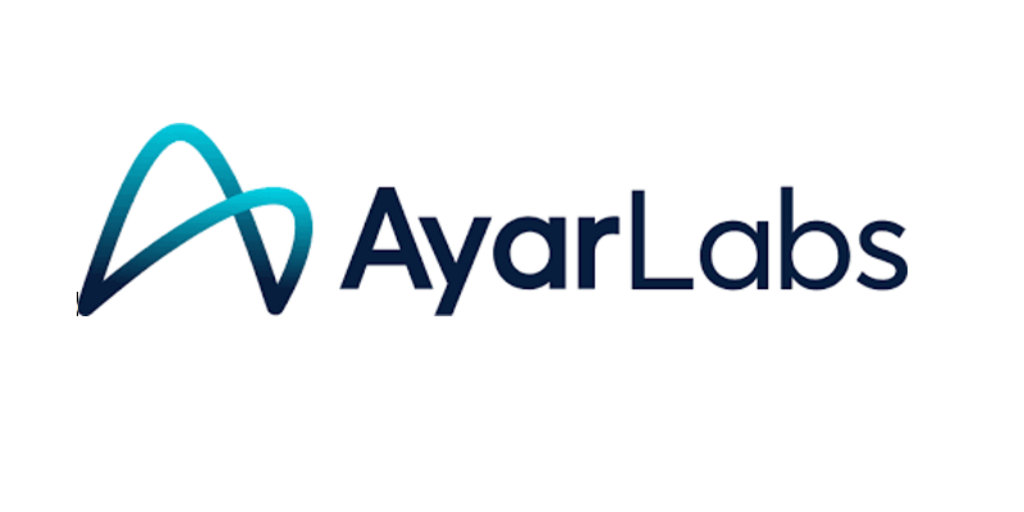Using big data analytics and predictive analytics through deep learning (DL) are essential strategies to make smarter, more informed decisions and provide competitive advantages for your organization. But these tactics are not simple to execute, and they require a properly designed hardware infrastructure.
There are several key factors to consider when designing and building an environment for big data workloads.
- Storage solutions must be optimized, and you must decide whether cloud or on-premises storage will be most cost-effective.
- Servers and network hardware must have the necessary processing power and throughput to handle massive quantities of data in real-time.
- A simplified, software-defined approach to storage administration can access and manage data at scale more easily.
- The system must be scalable and capable of expansion at any point.
Without a properly designed infrastructure, bottlenecks in storage media, scalability issues, and slow network performance can become huge impediments to success. Here are some key considerations to keep in mind to ensure an infrastructure that is capable of handling big data analytics workloads.
Challenge to Big Data Analytics
While every organization is different, all must address certain challenges to ensure they reap all the benefits of big data analytics. One challenge is that data can be siloed. Structured data is typically highly organized and easy to decipher. Unstructured data is not as easily gathered and analyzed. These two types of data are often stored in separate places and must be accessed through different means.
Unifying these two disparate sources of data is a huge impetus for big data analytics success, and it is the first step to ensuring your infrastructure will be capable of helping you reach your goals. A unified data lake, with both structured and unstructured data located together, allows all relevant data to be analyzed together in every query to maximize value and insight.
But a unified data lake can lead to projects that tend to involve terabytes to petabytes of information. These massive amounts of data need infrastructure capable of moving, storing, and analyzing vast quantities of information quickly to maximize the effectiveness of big data initiatives.
Challenges to Deep Learning Infrastructure
Designing an infrastructure for DL creates its own set of unique challenges. You typically want to run a proof of concept (POC) for the training phase of the project and a separate one for the inference portion, as the requirements for each are different.
Scalability
The hardware-related steps required to stand up a DL cluster each have unique challenges. Moving from POC to production often results in failure, due to additional scale, complexity, user adoption, and other issues. You need to design scalability into the hardware at the start.
Customized Workloads
Specific workloads require specific customizations. You can run ML on a non-GPU-accelerated cluster, but DL typically requires GPU-based systems. And training requires the ability to support ingest, egress, and processing of massive datasets.
Optimize Workload Performance
One of the most crucial factors of your hardware build is optimizing performance for your workload. Your cluster should be a modular design, allowing customization to meet your key concerns, such as networking speed, processing power, etc. This build can grow with you and your workloads and adapt as new technologies or needs arise.
Key Components for Big Data Analytics and Deep Learning
It’s essential to understand the infrastructure needs for each workload in your big data initiatives. These can be broken down into several basic categories and necessary elements.
Compute
For compute, you’ll need fast GPU interconnects, high-performance CPUs with balanced memory, and a configurable GPU topology to accommodate varied workloads.
Networking
For networking, you’ll need multiple fabrics, InfiniBand and Ethernet, to prevent latency-related bottlenecks in performance.
Storage
Your storage must avoid bottlenecks found in traditional scale-out storage appliances. This is where specific types of software-defined storage can become an exciting option for your big data infrastructure.
The Value of Software-Defined Storage (SDS)
Understanding the storage requirements for big data analytics and DL workloads can be challenging. It’s difficult to fully anticipate the application profiles, the I/O patterns, or the predicted data sizes before ever actually experiencing them in a real-world scenario. That’s why infrastructure performance for compute and storage can be the difference between success and failure for big data analytics and DL builds.
Software-defined storage (SDS) is a technology used in data storage management that intentionally separates the functions responsible for provisioning capacity, protecting data, and controlling data placement from the physical hardware on which data is stored. SDS enables more efficiency and faster scalability by allowing storage hardware to be easily replaced, upgraded, and expanded without changing operational functionality.
Achieving Big Data Analytics Goals
Your goals for your big data analytics and DL initiatives are to accelerate business decisions, make smarter, more informed decisions, and to ultimately drive more positive business outcomes based on data. Learn even more about how to build the infrastructure that will accomplish these goals with this white paper from Silicon Mechanics.



